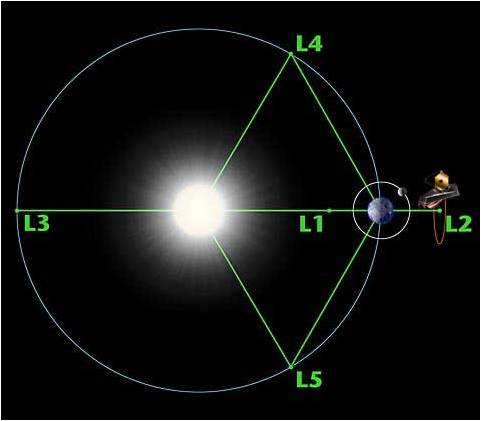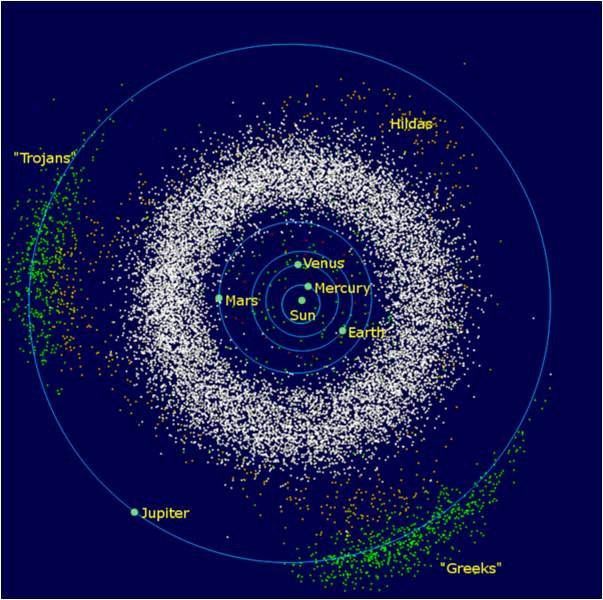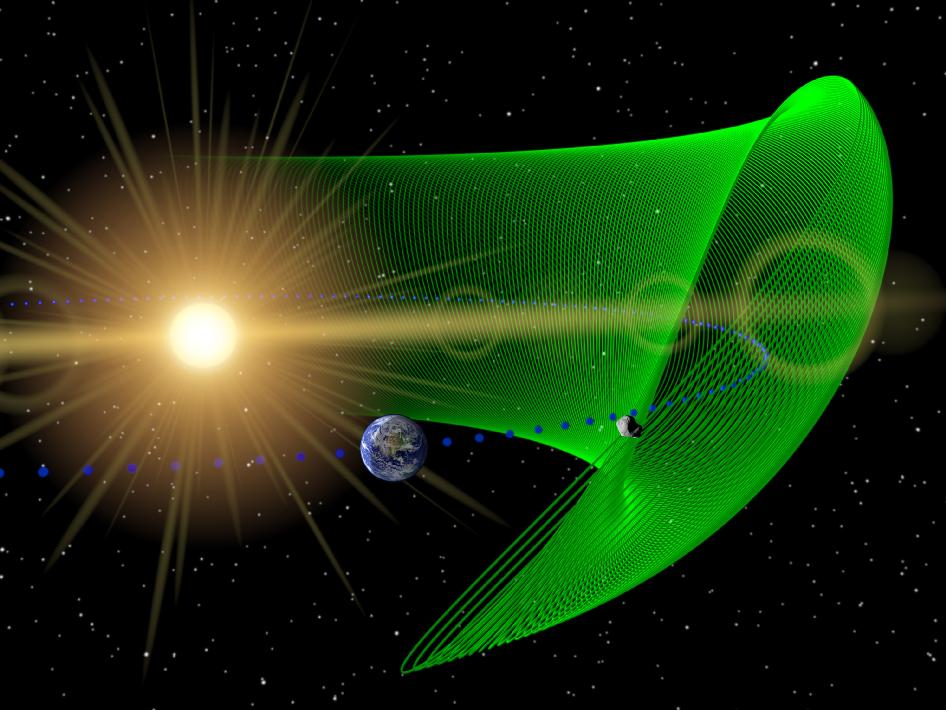
The James Webb Space Telescope (JWST) will be parked at earth-sun L2, one million miles from earth.
L2 is an unstable Lagrange point so JWST will require periodic thrusting to maintain its L2 station.
Lagrange points L4 and L5 are stable, so asteroids tend to collect there.


 Email: Richard dot J dot Wagner at gmail dot com
Email: Richard dot J dot Wagner at gmail dot com